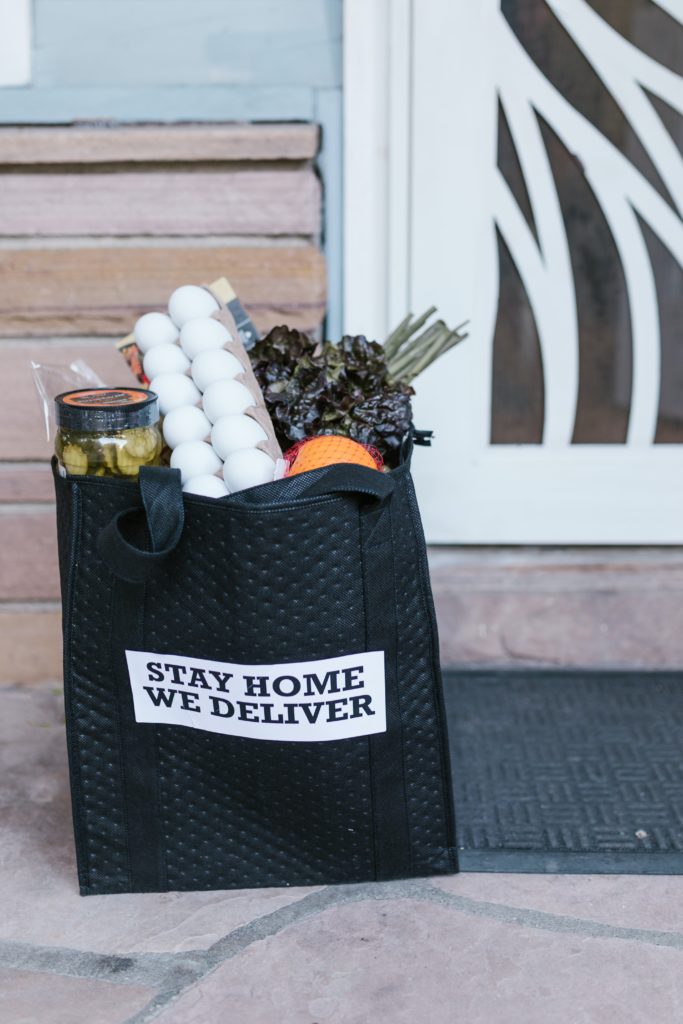By Tjeerd Brenninkmeijer, Executive Vice President EMEA of Bloomreach
The past year has completely transformed the shopping experience: people of all ages are now buying both essential and non-essential products online, from grocery to games, medicine and even furniture. So much so, that our data shows that ecommerce sales increased by 10-12% in 2020, when compared with 2019 figures. And while the lockdown periods have clearly helped drive this shift in behaviour, the fact it currently shows no signs of abating suggests our expectations as consumers have changed forever. For retailers, this is a chance to rethink the way they do business, but also to put the consumer – the seeker – at the centre of the entire business.
Rethinking ecommerce
Released as the original lockdown in the UK started to lift, the State of Commerce Experience research study, conducted by Forrester and commissioned by Bloomreach, found that over 90% of customers have changed their behaviour as they avoid physical stores, put discretionary shopping on hold, and buy exclusively – or as much as possible – online. This shouldn’t come as a surprise: over the past few years, shoppers have gradually been moving to online shopping for categories as broad as grocery and fashion. During the lockdown, we’ve seen an increase in shoppers looking for products online – whatever their age, level of tech expertise or the type of product they were looking for.
As more consumers move online, the battle for retailers doesn’t lie solely in ensuring access to products – but also offering an experience that shoppers will want to return to. Nearly 40% of respondents to the study stated that they would pay more for a better experience. This shows that better online commerce makes for better business overall. As a result, many brands have started to experiment with formats to enhance the shopper experience in lockdown: for example, the grocery sector has launched improved click-and-collect and loyalty schemes to offer a great experience for first shoppers. Returning clients have also been able to benefit from enhanced personalisation.
Digital commerce is critical to nearly every modern business. That’s why we’re seeing more businesses shifting spend from offline to online, with most cutting investment in their stores and increasing it in online channels like web, apps, social, and third-party marketplaces. As a result of the pandemic, most also plan to invest in ecommerce customer experience (CX) technology and ecommerce platforms to help them deliver on this new consumer mandate for strong digital commerce.
Digital first, high street second
The nation’s two lockdowns have obviously been very difficult for many retailers, with brick-and-mortar shops and many businesses closing for months and supply chains under stress. Recent figures show footfall in March of this year was 55.2% lower this year than the last. Yet, the customer demand for products has never abated; it’s only been expressed in different ways. Serving customers through digital channels has transformed from important or nice-to-have to vital, not only to retain customers and business continuity – right now, a strong online presence is synonymous with business survival.
Once again, there are lessons to be learnt from the grocery sector: the change in consumer spending patterns at the start of the lockdown resulted in huge demand for delivery slots, which led supermarkets to compete harder for customers and offer the best delivery services based on what their target audience wants. From creating specific slots for key workers or the most vulnerable to taking the gamble of closing applications for new customers and even providing later delivery slots for returning clients, supermarkets have had to make tough choices. Yet, the gamble has led to strong results: bigger supermarkets have revealed that their online sales were doubled in the past quarter after the coronavirus pandemic caused a “structural shift” in customer shopping habits, boosted demand for online deliveries, and prompting them to increase capacity slots within a week.
Whenever a customer is exposed to an improved digital experience, their expectations are reset to a new, higher level. As the battle for audiences intensifies online, the retail industry needs to ensure it puts the customer at the centre of its business. This starts with identifying who the target audience is, how to accommodate its shopping habits and favourite products and how to offer the kind of service that will turn a visitor into a loyal customer for the long-term.
While the results will differ from one brand to another, harnessing the power of data and personalisation will help retailers better assess the parameters of their own audience and make decisions accordingly. In the age of AI, having access to high quality data is not an option: it should be a given for any commerce business. To compete, companies need to implement the right solutions and ensure that they use this data to document every decision they make – from their star products to promotions and even the way shop assistants interact with customers.
The future is tech
Organisations that have invested ahead of the curve in advanced digital capabilities are growing faster than their peers. Today, every digital commerce strategy must factor in these shifting priorities of consumers from buying offline to online. That can include a large range of things, such as improving delivery times, updating product descriptions on web pages, or utilising ratings and reviews to anticipate what is around the corner as all types of purchases — and future consumer engagements with brands — are influenced by the type and quality of online experiences companies deliver today.







